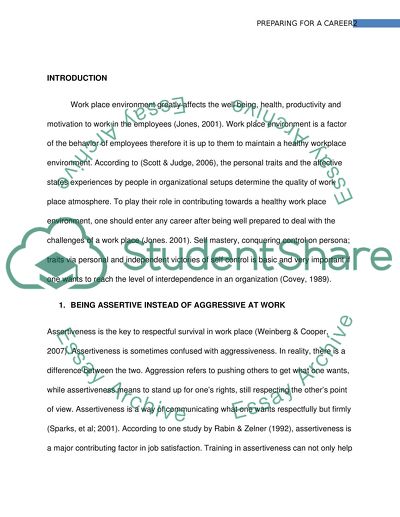Cite this document
(“Being Assertive instead of Being Aggressive at Work Essay”, n.d.)
Retrieved from https://studentshare.org/social-science/1428310-being-assertive-instead-of-being-aggressive-at
Retrieved from https://studentshare.org/social-science/1428310-being-assertive-instead-of-being-aggressive-at
(Being Assertive Instead of Being Aggressive at Work Essay)
https://studentshare.org/social-science/1428310-being-assertive-instead-of-being-aggressive-at.
https://studentshare.org/social-science/1428310-being-assertive-instead-of-being-aggressive-at.
“Being Assertive Instead of Being Aggressive at Work Essay”, n.d. https://studentshare.org/social-science/1428310-being-assertive-instead-of-being-aggressive-at.


